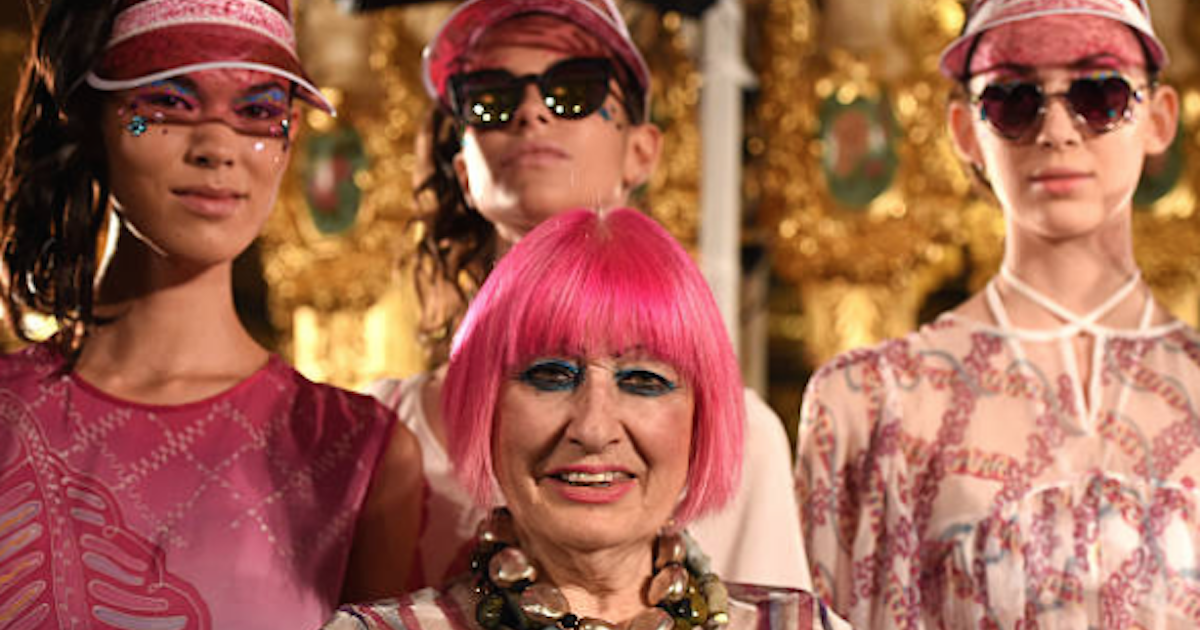Celebrity Designer's Bile Duct Cancer Battle
- Zandra Rhodes, a designer to the stars, shared how her cancer battle made her take stock of life.
- Bile duct cancer is rare; approximately 8,000 Americans will be diagnosed with this kind of disease each year.
- This cancer is typically diagnosed in older adults, and it can be treated with surgery, chemotherapy, and radiation.
What is Bile Duct Cancer?
“Bile duct cancer,” also called cholangiocarcinoma, is a rare type of cancer. Approximately 8,000 people in the U.S. are diagnosed with this type of cancer every year, according to the American Cancer Society (ACS). This disease has a higher incidence in Southeast Asia, due to an infection that can lead to bile duct cancer. Related: Robert Redford's Son, James Redford, 58, Loses Bile Duct Cancer Battle But Leaves Lasting LegacyWhile it can occur in younger people, bile duct cancer is typically found in older adults, above the age of 70. This type of cancer may be treated with surgery, chemotherapy, and radiation. We know that Rhodes had chemo to treat her disease; side effects of this kind of treatment may include nausea, hair loss, fatigue, and nerve pain. Thankfully, some of these side effects can now be mitigated.
Not Your Parents' Chemotherapy: New Solutions for Nausea, Hair Loss, and Other Chemo Side Effects
Staying Positive Through Cancer
We love the Rhodes’ zest for life, evidenced in things like keeping her hair such a vibrant, out-of-this-world color and doing yoga. Experts tell SurvivorNet that having a positive attitude, and finding the joy in life, while battling cancer, can make a big difference.
Related: A Major Step in the Cancer Journey: Learning to Deal With Vulnerability
In an earlier interview, Dr. Zuri Murrell said, “My patients who thrive, even with stage 4 cancer, from the time that they, about a month after they’re diagnosed, I kind of am pretty good at seeing who is going to be OK. Now doesn’t that mean I’m good at saying that the cancer won’t grow.”
Dr. Murell said that having a positive attitude can improve prognosis, in some cases. “But I’m pretty good at telling what kind of patient are going to still have this attitude and probably going to live the longest, even with bad, bad disease. And those are patients who, they have gratitude in life.”
Learn more about SurvivorNet's rigorous medical review process.

